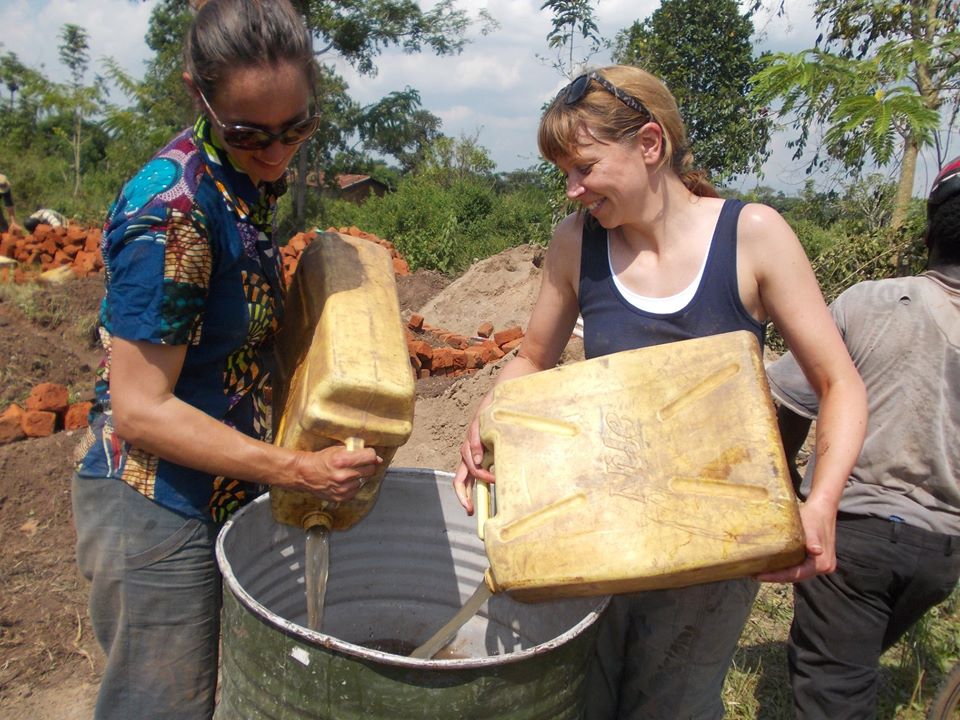While popular images of volunteers may focus on a specific individual service, such as looking after
the sick or elderly, this is only one of many possible volunteer roles today. The historical evolution in
the perception, practice, and philosophy of volunteers has meant greater recognition of a diversity of
understandings about volunteering work. These can now encompass reciprocity as well as ‘helping’,
capacity development beyond charity, professionalism in addition to well-meaning unskilled labor,
at the same time as dealing with causes and symptoms. These notions of volunteering as building
solidarity and empowerment and supporting local ownership and values may also be regarded today
as capacity development.
“On Volunteering and Social Development”,
Davis Smith suggested a framework for defining and understanding the meaning of volunteering (United Nations Volunteers, 2001). It depended on the setting and a typology of volunteering was clarified based on the outcome or purpose. He identified four basic types of voluntary activity: mutual aid or self-help; philanthropy or service to
others, participation; and advocacy.
The typology was particularly interesting from a development perspective in its acknowledgment of
mutual aid or self-help. In the North this might not be considered typically a volunteer activity), while
in the developing world it is recognized for the social and economic support it provides for a high
proportion of the population.
In other words, there is some diversity in language about volunteering with some people equating it
with service and others suggesting service implies a more intensive commitment but there is clearly
room to bring them together. Service is an organized period of substantial engagement and
contribution to the local, national, or world community, recognized and valued by society, with
minimal monetary compensation to the participant.
Scale
Indeed the scale of international volunteering for development provides an insight into its potential
importance though it has rarely been calculated. Such figures are also complicated by differing
definitions and durations but United Nations Volunteers estimated that volunteer development
workers “add up to about one-fifth of all skilled international personnel serving in developing
countries, but account for a higher (and growing) proportion of the long-term (i.e. more than one
year) resident group among such personnel” at the start of the 1990s
With the growing recognition of volunteer work in development and currently increasing
international aid budgets, it is an important time to reflect on the role of volunteering for
development to improve it, refine it, and consolidate its unique aspects so that it can be a
positive contributor towards deconceptualizing development.
As demonstrated around the world, volunteers have a unique and important role to play as active
participants in the development process. Indeed, volunteers, volunteers involving organizations, as
well as volunteer networks are important resources that need to be properly recognized as legitimate
development partners. For UNDP, harnessing the energies and creativity of millions of people
worldwide who want to make a distinctive contribution through volunteerism to development and
peace will be critical in the years ahead.
Our vision.
Our vision is of a world where people, regardless of cultural, social, and political divides, come
together for mutual benefit, living in peaceful co-existence. I conclude by stating that Volunteers can
be a useful form of technical assistance for development. They can fill genuine and important needs
in developing countries and provide a valuable and relatively inexpensive addition to other
technical assistance programs. They have in addition, a helpful effect on domestic public opinion
about developing countries and they are likely to promote international understanding. Success is
vested not just in the volunteer or the assignment, but the whole process; relationships between
partners and the volunteer cycle


Comments are closed.